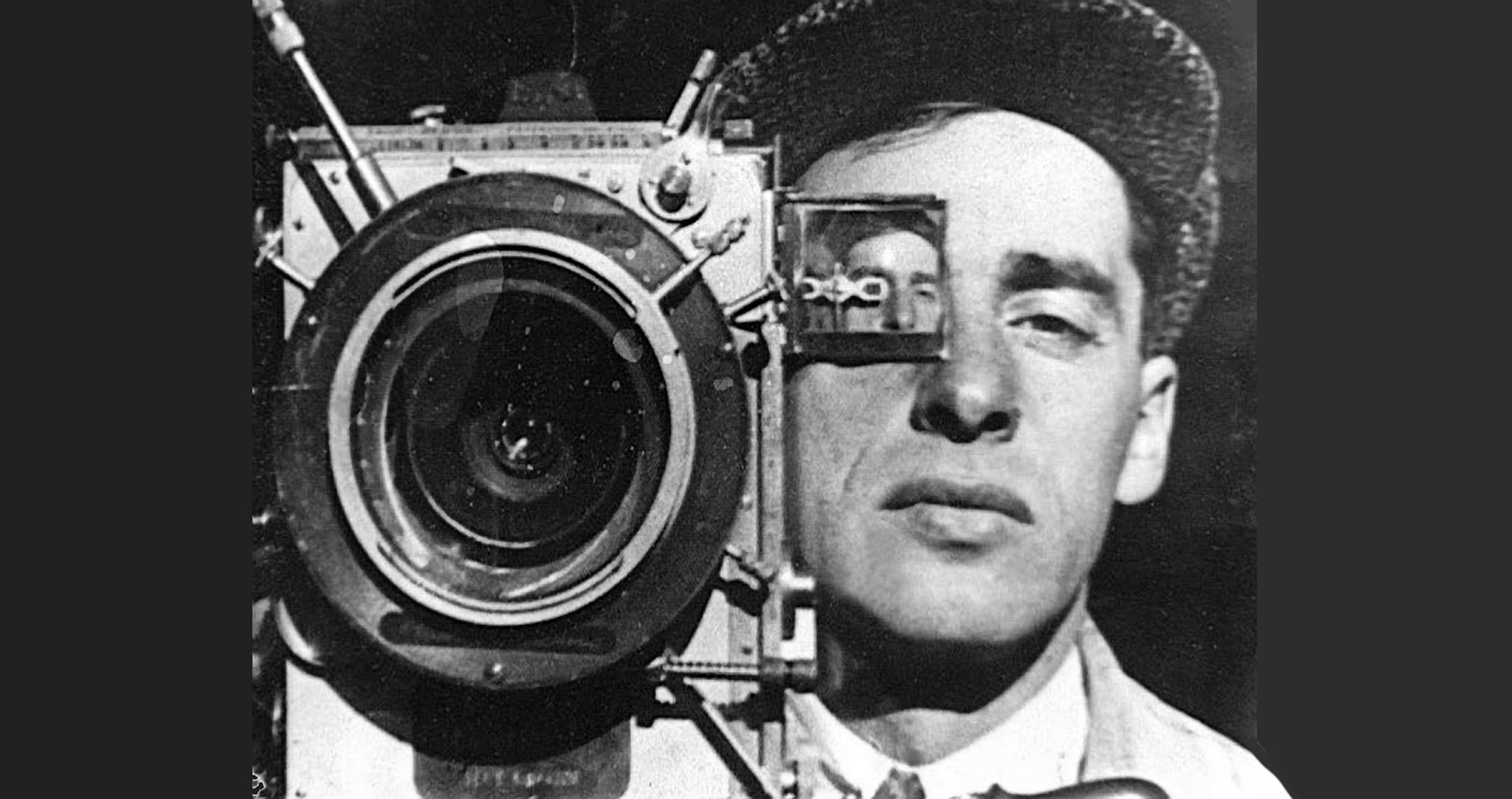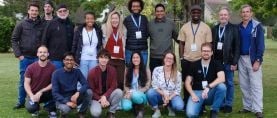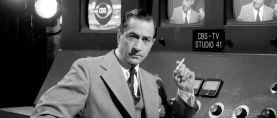
The Spirit of Cinematography
In the spirit of the season of award presentations, it is time to turn away from our everyday challenges and remind ourselves of core creative ambitions for cinematographers.
Two years have gone by since the beginning of a worldwide public health crisis. We will not characterize these two years, or cry about the traumas faced. Suffice to say: These years have presented remarkable challenges.
This month will also see the presentation of our 36th Annual ASC Awards ceremony. We hope you find the event an inspiration as we celebrate the best work in cinematography in the many genres and distribution pathways that are now possible.

In the spirit of the season of award presentations, it is time to turn away from our everyday challenges and remind ourselves of core creative ambitions for cinematographers. And so, this issue is focused on image-making aesthetics, leading off with Sir Roger Deakins, ASC, BSC’s discussion with our intrepid editor-in-chief, Stephen Pizzello, about six films that were foundational in shaping who he is as a filmmaker.
This discussion is in the tradition of ASC members passing on our experiences to a younger generation — through this magazine, of course, but also through our ASC Mentorship Program. In this month’s Shot Craft column, Jay Holben writes about mentorship. Many of us in the ASC participate in mentoring through our Vision Committee. The ASC Mentorship Program is co-chaired by Society members Patti Lee and Dziga Vertov, under the leadership of the Vision Committee co-chairs — members Cynthia Pusheck, John Simmons, Polly Morgan and Fernando Argüelles. The Vision Committee began under the leadership of past president Kees van Oostrum. It should be clear that it takes many of our members to create and run the Mentorship Program. It is in the best spirit of our Society that more than 80 people per year are partnered with ASC members to informally face and shape their future as cinematographers.
This spirit began with cinematography itself: In 1929, the Russian cinematographer Dziga Vertov made Man With a Movie Camera, one of the first “city” films portraying the unique lives of cities as they awaken. Vertov established the notion of “this is how it’s done,” by putting himself and his younger brother, camera operator Mikhail Kaufman, in the movie, filming the camera as it was filming — thus creating one of the original behind-the-scenes, or BTS, moments. (Dziga and Mikhail were the older brothers of Society member Boris Kaufman.)
Vertov’s motivation seems to have been to turn a camera on everyday people, and to also show the effort it took to create the film, including the camera as it was cranked. It is a very Russian film, a literal montage from beginning to end, which we would now refer to as experimental filmmaking.
Many in our mentorship program have the opportunity to visit the productions of ASC members and to experience the life of the cinematographer, as in Man With a Movie Camera. A glimpse of the just-industrialized Russian society is presented in MWAMC, but the film is about more than that; it shows the building blocks of filmmaking, in whirlwind fashion. The heart of filmmaking and the craft of cinematography is on the screen: the dramatic moment. It is literally the beginning of mentorship — in a movie.
Hopefully, we can now get back to what we love to do — and talk about — with our own movie cameras, and leave trauma behind.

Stephen Lighthill
President, ASC







